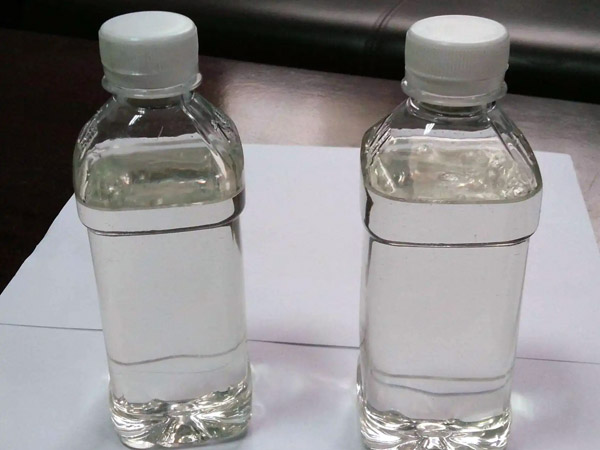What are plasticizers? What are their uses?
Plasticizer refers to an organic substance that increases the plasticity of plastics, improves the fluidity of resins during molding, and makes products flexible. It is usually some high-boiling, difficult-to-volatile viscous liquid or low-melting solid, and generally does not react chemically with plastics.
Plasticizers must first have good compatibility with resins. The better the compatibility, the better the plasticizing effect. Adding plasticizers can reduce the glass transition temperature of plastics, making hard and rigid plastics soft and flexible. Plasticizers are generally required to be colorless, non-toxic, odorless, light-resistant, heat-resistant, cold-resistant, low in volatility and migration, non-flammable and chemically stable, and cheap and easy to obtain. In fact, it is impossible for a plasticizer to meet all of the above requirements.

Plasticizers are divided into main plasticizers, i.e. solvent-based plasticizers; auxiliary plasticizers, i.e. non-solvent-based plasticizers; catalyst-type plasticizers according to their functions; and phthalates, fatty acid esters, phosphate esters, polyesters, epoxy esters, chlorine-containing compounds, etc. according to their chemical structures. Commonly used plasticizers include dibutyl phthalate (DBP), dioctyl phthalate (DOP), epoxidized soybean oil, tricresyl phosphate, triphenyl phosphate, dioctyl sebacate, chlorinated paraffin, etc. PVC is the main end user of these plasticizers. The main application areas of PVC with added plasticizers are wires, cables, flooring and wall veneers, building materials, automobiles, and packaging materials.
Plasticizers are used in large quantities in plastic additives. Plasticizers are mainly phthalates with good comprehensive performance and low prices. The consumption in the world’s four major production and consumption countries and regions – the United States, Western Europe, Japan, and China accounts for 70% to 90%.
-
Development demand for environmentally friendly plasticizers
-
Comprehensive introduction to plasticizer classification and related knowledge
-
The role of plasticizers in PVC gloves
-
TBC Tributyl Citrate Plasticizer Market Size and Scope
-
Eight functions of general plasticizers
-
Things to note when choosing plasticizers